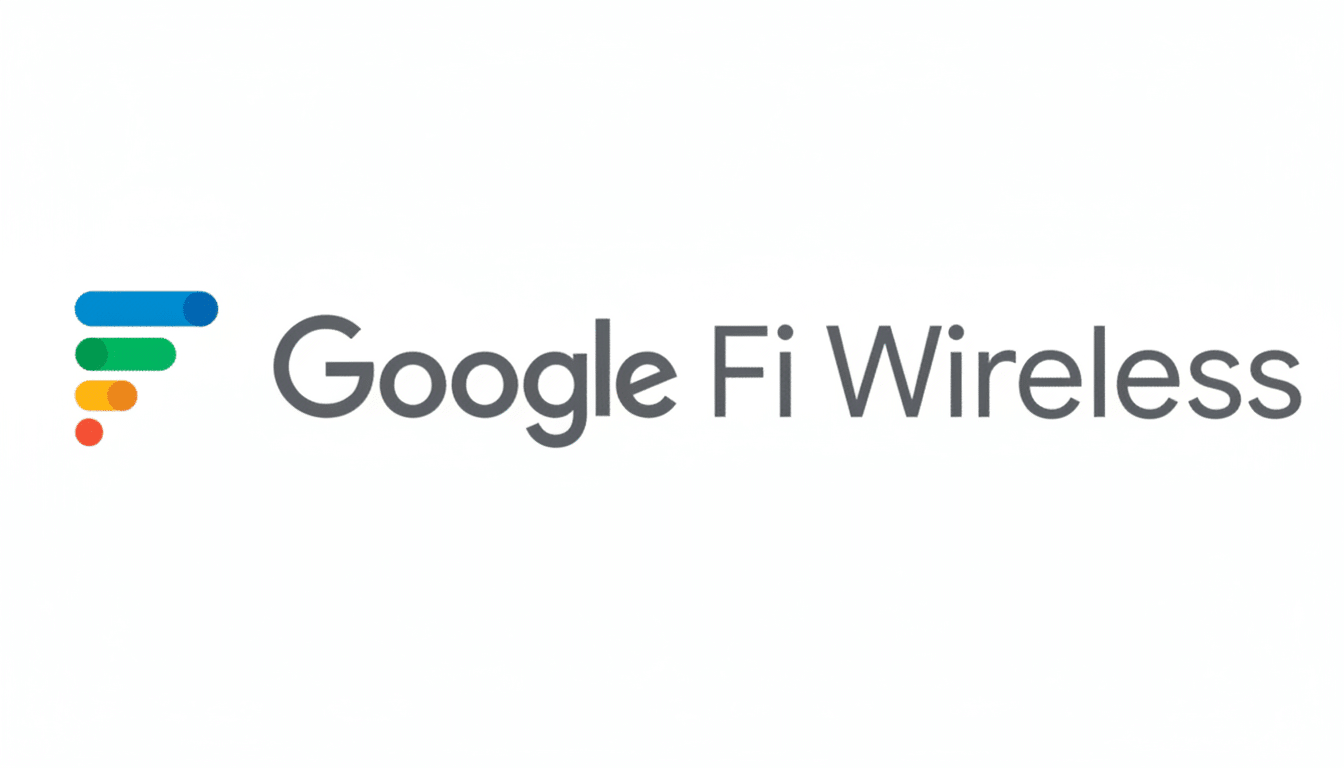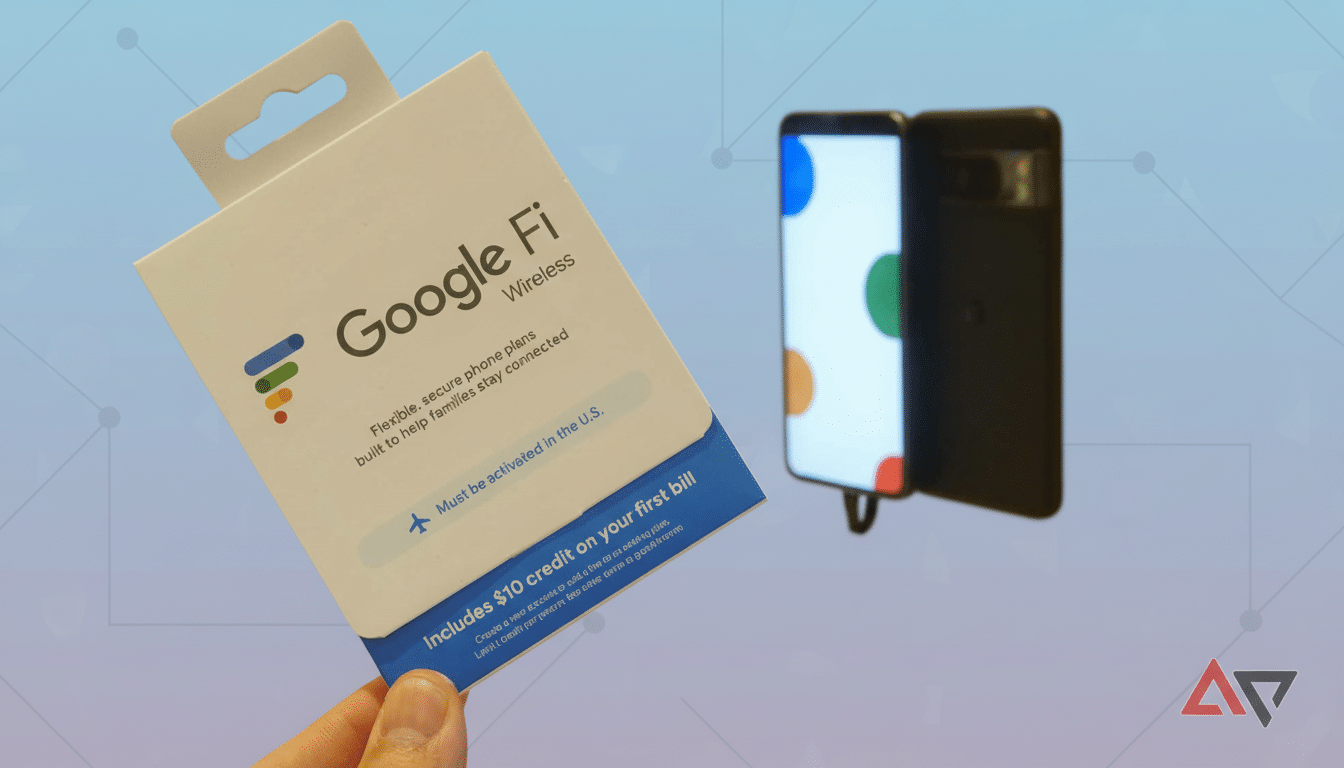Shoppers uncomfortable with buying a product they haven’t seen firsthand can now do that safely with refurbished gear from Back Market. The company has opened a pilot storefront in New York City’s SoHo neighborhood, which allows customers to see, test and trade in devices in person rather than purchasing exclusively online.
Where To Get It In New York And What To Expect
The pop-up is at 449 Broadway in Manhattan. It’s modeled as a hands-on hub where you can get to grips with secondhand phones, tablets, laptops and accessories — and will run until December 21, fitting in neatly with peak holiday shopping season. Visitors can compare refurbished models side by side, run diagnostics and take an interactive “new vs. refurbished” challenge that demonstrates how close high-grade refurbs can come to out-of-box condition.

Outside of browsing, the space provides cleaning and repair services, as well as trade-in guidance and workshops focused on maintenance and longevity. Back Market says the store will also cover Google Fi Wireless plans, so it sounds like the store would be a one-stop shop for buyers who want device, service and warranty without paying premiums for new-ish devices.
Why The In-Person Bet On Refurbs Is Significant
Trust has always been the obstacle for refurbished tech. The majority of sellers work only online, which cuts costs but keeps buyers at arm’s length from the thing they are purchasing. While retailers like Best Buy sell some certified refurbs and specialists such as Gazelle serve web shoppers, there doesn’t exist a mainstream, hands-on space helping you test before buying on the refurbished shelf of the economy.
Back Market is placing a bet that the tactile experience closes the confidence gap. Company officials say skepticism fades when shoppers can touch the hardware, examine screen quality and test battery health. That could be particularly potent in the United States, where the company points to data that says just 5% of consumers currently opt for used tech — versus a more established refurbished market in Europe.
Pricing, Guarantees And How Savings Stack Up
Yes, the extra thrills of refurbished pricing are the obvious pull. Depending on model and cosmetic grade, refurbs usually cost 30% to 70% less than new — and that gulf becomes even wider if you trade in your old device. In-store advisers can walk shoppers through how grading works — from “excellent” to “fair” — and how features like battery cycles, replaced parts and warranty coverage factor into cost.
Back Market’s marketplace standard — with a warranty and returns window from its network of professional refurbishers — has further fueled the category to go beyond “used” and into “certified pre-owned.” By comparison, device manufacturers like Apple resell their own refurbished models with refurbished batteries and shells at a markup; Back Market’s play is to offer consumers a wider range of brands, grades and pricing under a single roof.

A Nudge in the Direction of Circular Tech
There’s a sustainability story to the storefront, too. According to the Global E-waste Monitor, compiled by the United Nations University, global e-waste amounted to an estimated 62 million metric tons in 2022, of which less than a quarter was formally collected and recycled. Extending the life of devices through repairing and reselling is one of the main levers in reducing that waste — along with minimizing the embedded carbon from making new gadgets.
Back Market is positioning the store as part of a larger effort to buy into the circular economy: repair more, replace less, and begin making the sustainable option feel normal again. The company is indicating “movement” among younger buyers, stating that most Gen Z consumers are willing to purchase refurbished devices. In Europe, where secondhand electronics have a longer history on the part of carriers and retailers, the market already amounts to tens of billions of dollars annually.
How It Fits Into The Competitive Landscape
A physical showroom adds to the high-touch experience of carrier stores and brand showrooms. The twist is value: Shoppers can compare existing inventory across multiple generations of iPhone, Galaxy, Pixel, MacBook and Surface devices at prices that often undercut new stock by hundreds of dollars. For budget-conscious consumers trying to make their way through inflation and higher flagship phone prices, that equation is compelling.
The model could also persuade competitors to raise the bar. Proper BMW-grade ranking, checked repairs and transparent battery-health reports are suddenly table stakes. If the SoHo pilot shows that walk-in demos decrease returns and increase conversions, you can expect other retailers — and marketplaces for that matter — to dip their toes into hybrid online-offline plans.
What Comes Next For Back Market’s Broadway Pilot
The Broadway site is a pilot, rather than any sort of permanent fixture, but the company indicates there could be more pop-ups on the way if demand continues. For now, consumers in New York will have the first opportunity to take a test drive of sorts for refurbished tech, complete with trade-ins, repairs and carrier choices under one roof — a proof point to whether physical retail can speed up the movement toward secondhand devices in the U.S.

